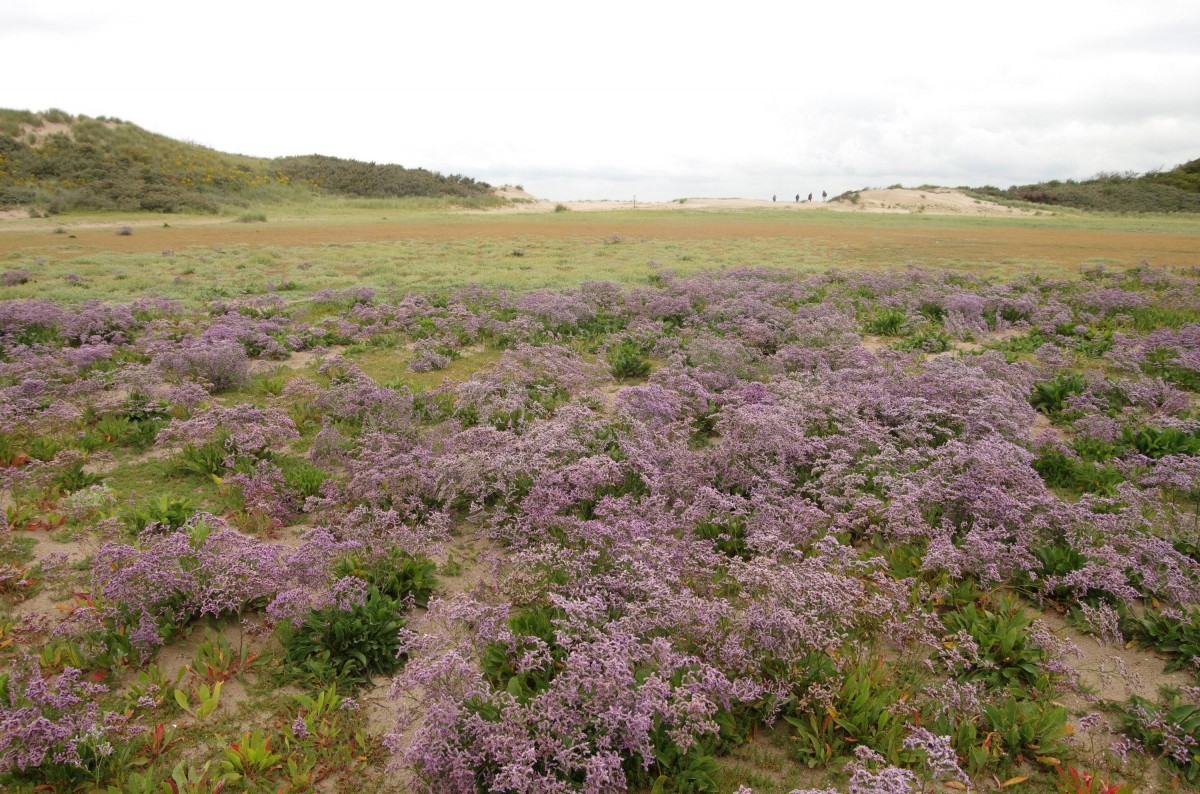Het Zwin Nature Reserve



About this location
Het Zwin began to develop around two thousand years ago. A rise in sea level caused breaches in the chain of dunes that ran along the North Sea coast. These breaches left deep channels in the landscape, one being the Zwingeul channel which expanded considerably in the twelfth century after more major floods. A wide system of channels branched throughout the surrounding area making cities such as Damme and Bruges accessible to shipping. Fairly soon however, the channels began to silt up again and despite their best efforts, the navigable parts of Het Zwin grew fewer. This, however, also brought a considerable advantage with it, as even larger parts of Het Zwin were reclaimed from the sea. As the dunes expanded eastwards at Knokke, land was even reclaimed from the estuaries.
80 percent of Het Zwin Nature Reserve is on the Belgian side of the border and is managed in close cooperation with the Belgian manager. Sheep graze a narrow strip of salt marsh along the sea dike in the summer months.
This reclaimed land included 200 hectares of salt marshes bordered on one side by a chain of dunes and on the other, inland, by the International Dike that was built in 1872. The Zwingeul channel forced its way into the area through an opening in this chain of dunes and now, sandy beaches turning gradually into silty salt marshes lie directly behind the channel. The salt marshes further inland are an important brooding area for birds such as redshanks, avocets and oystercatchers. The little white egret can be spotted from the sea dike almost every day as it searches for food in the pools left by the tide. Sea lavender grows in abundance here, known in Belgium as “Zwinblomme” or Zwin flower, and sea couch and sea purslane are also plentiful. The rare sea beet can be found on the water’s edge and the yellow horn poppy grows along the area’s sea dikes.
There are fantastic views of the whole area from the footpath on the sea dike: beaches, the estuary and the sand flats which are all freely accessible from the Dutch side. Having said that, access to the salt marshes is not allowed unless you take an experienced guide with you. Regular excursions are organised every Thursday morning at 10 a.m. in July and August. These start from the beach pavilion De Zeemeeuw.